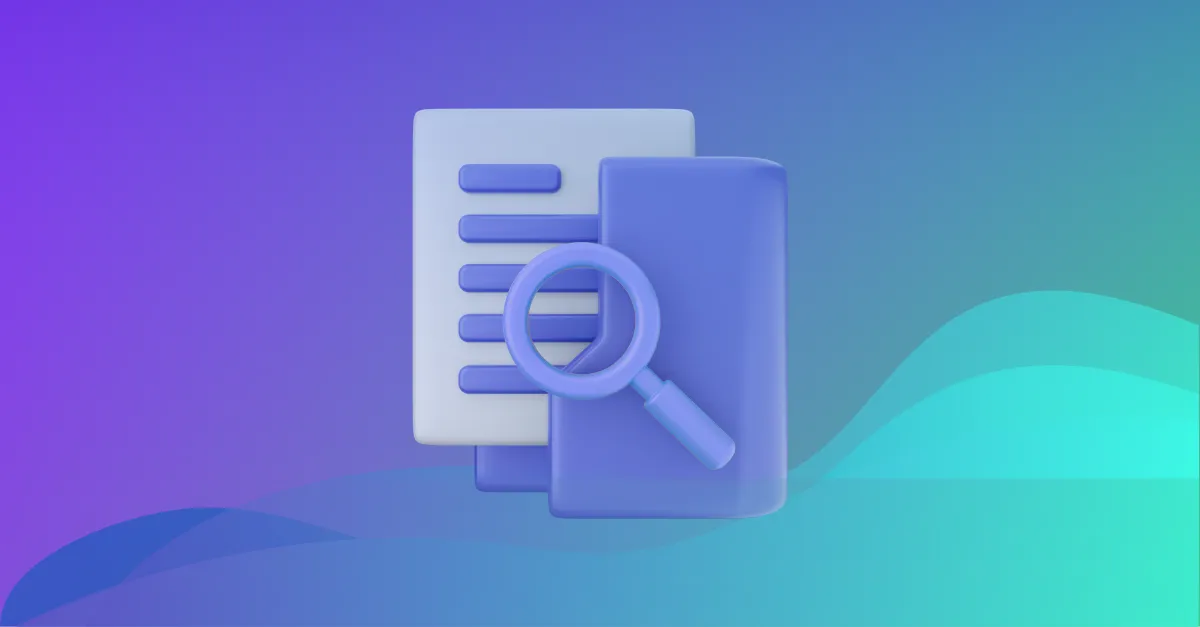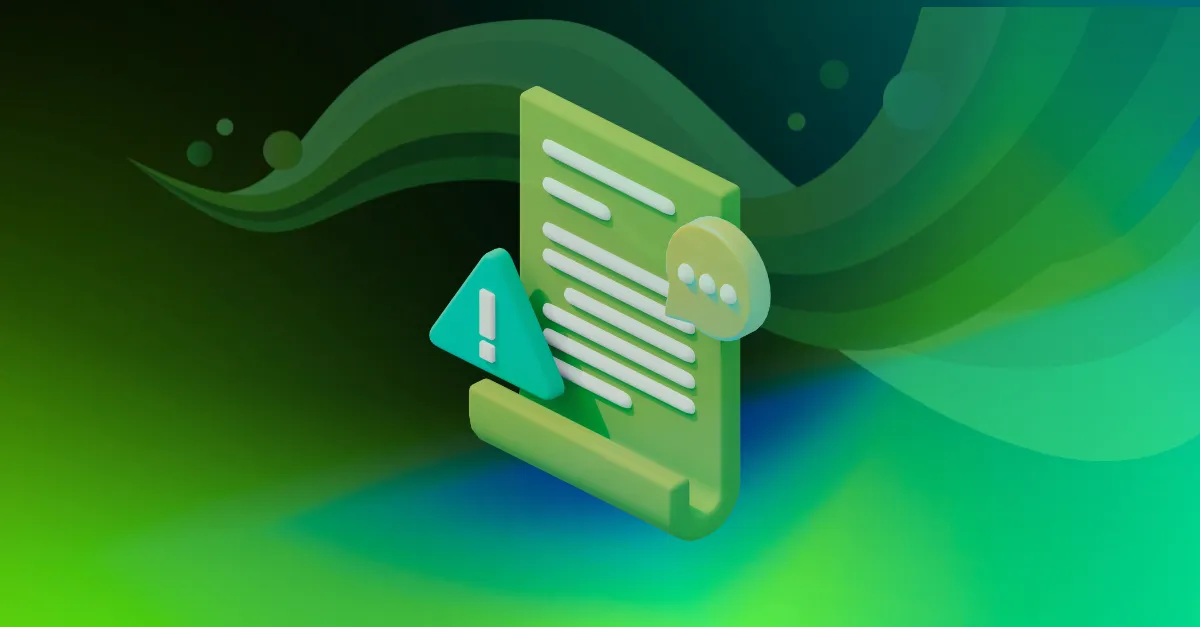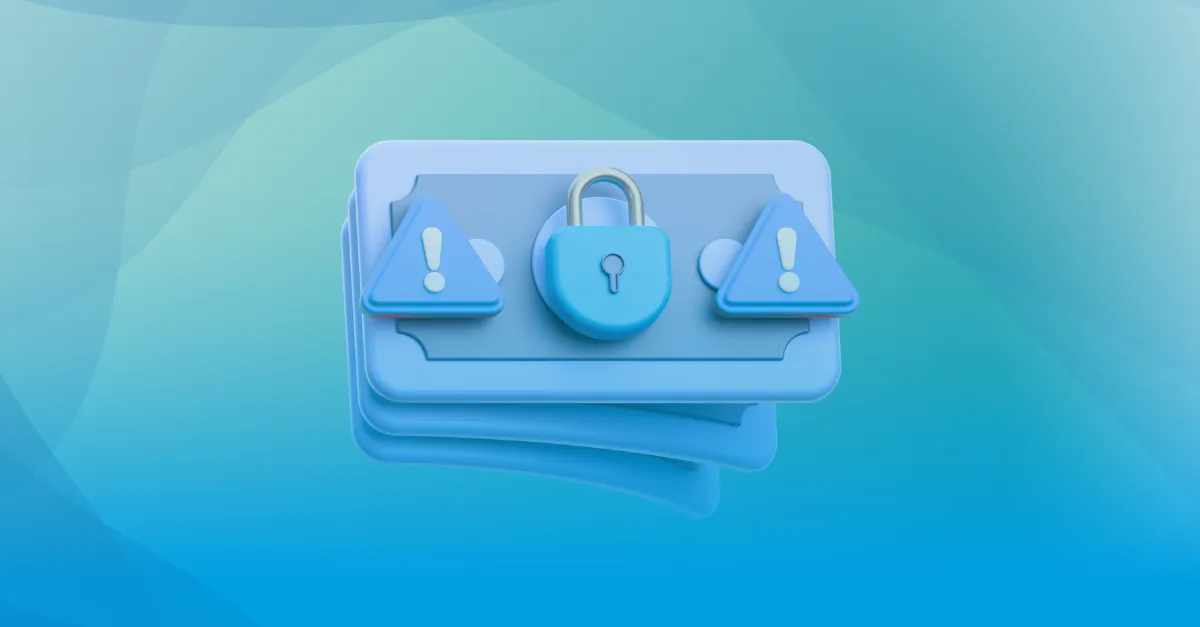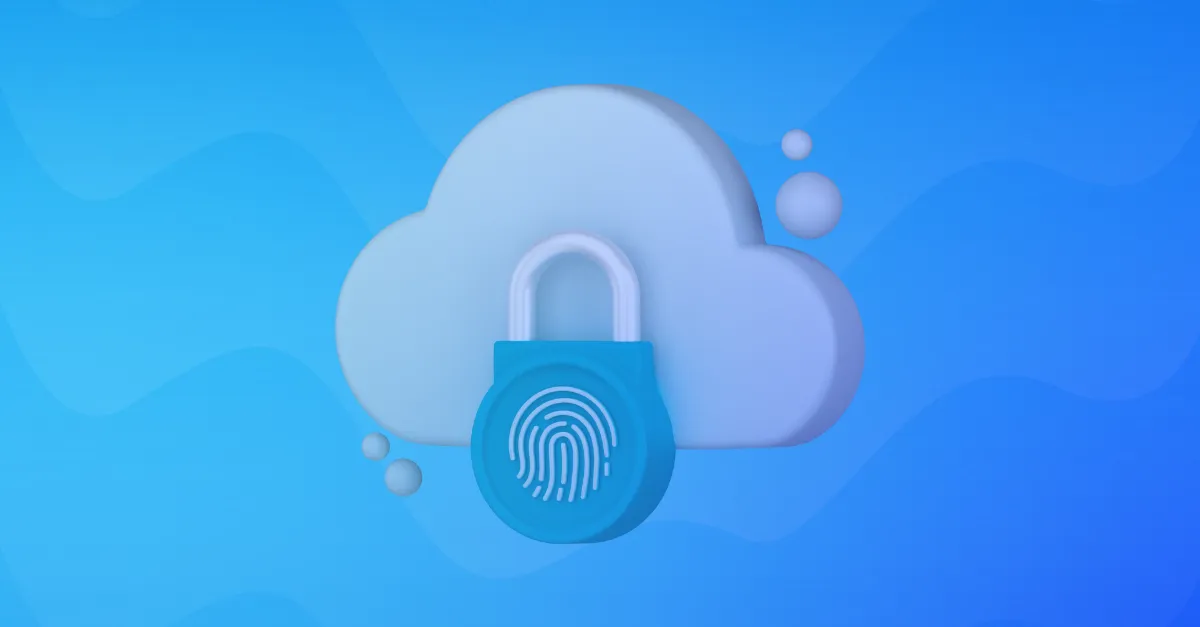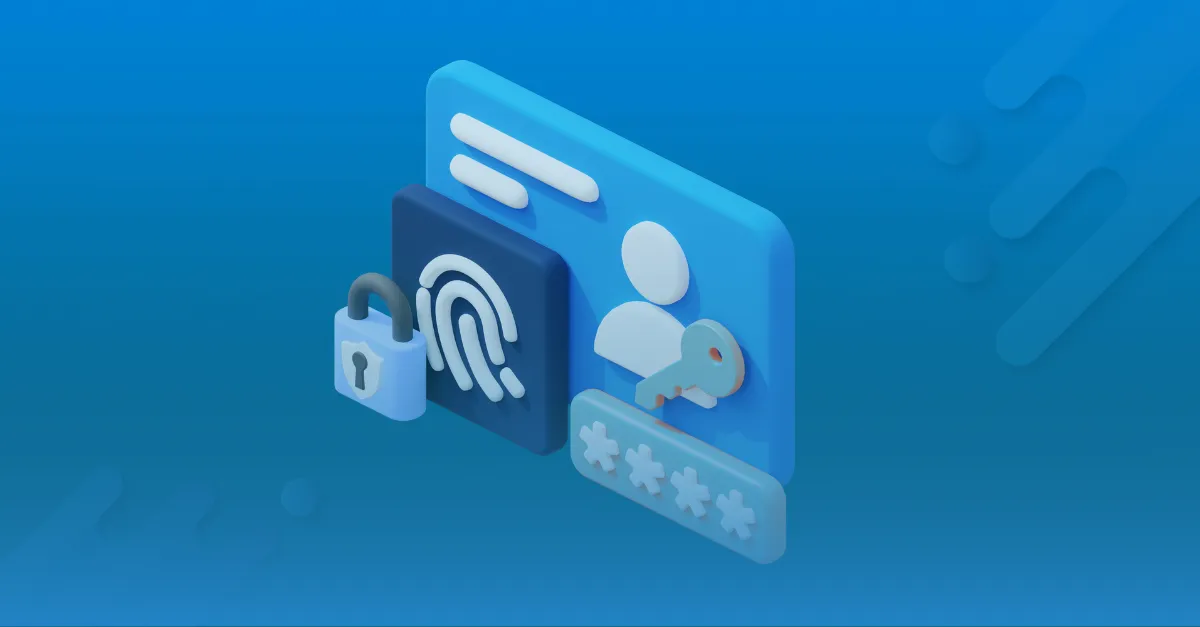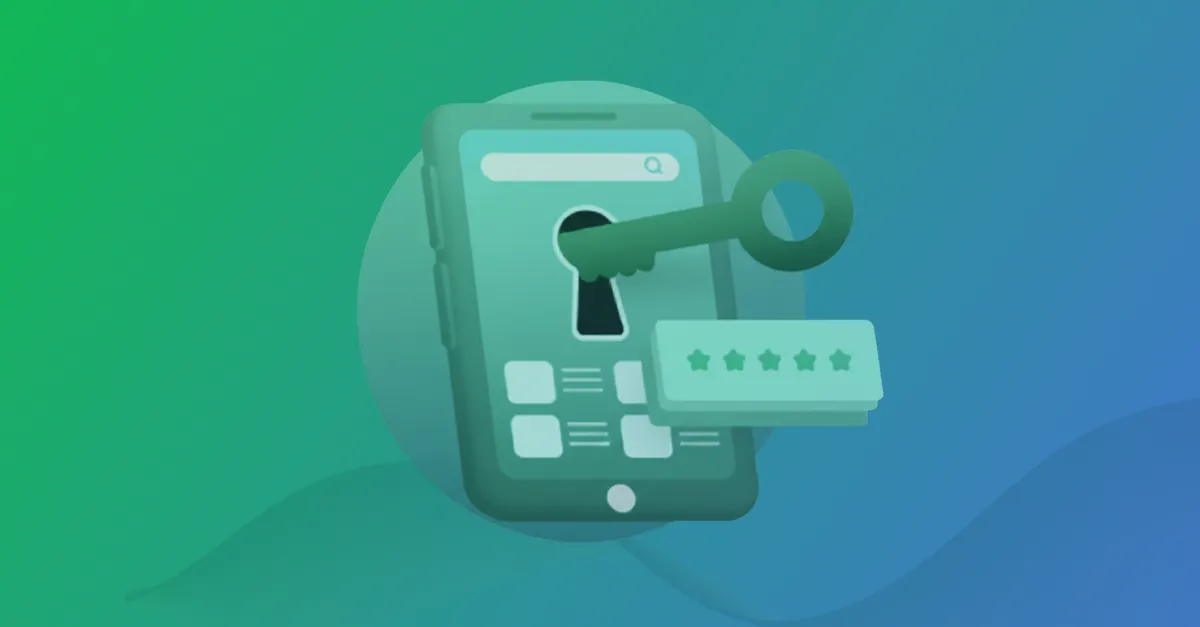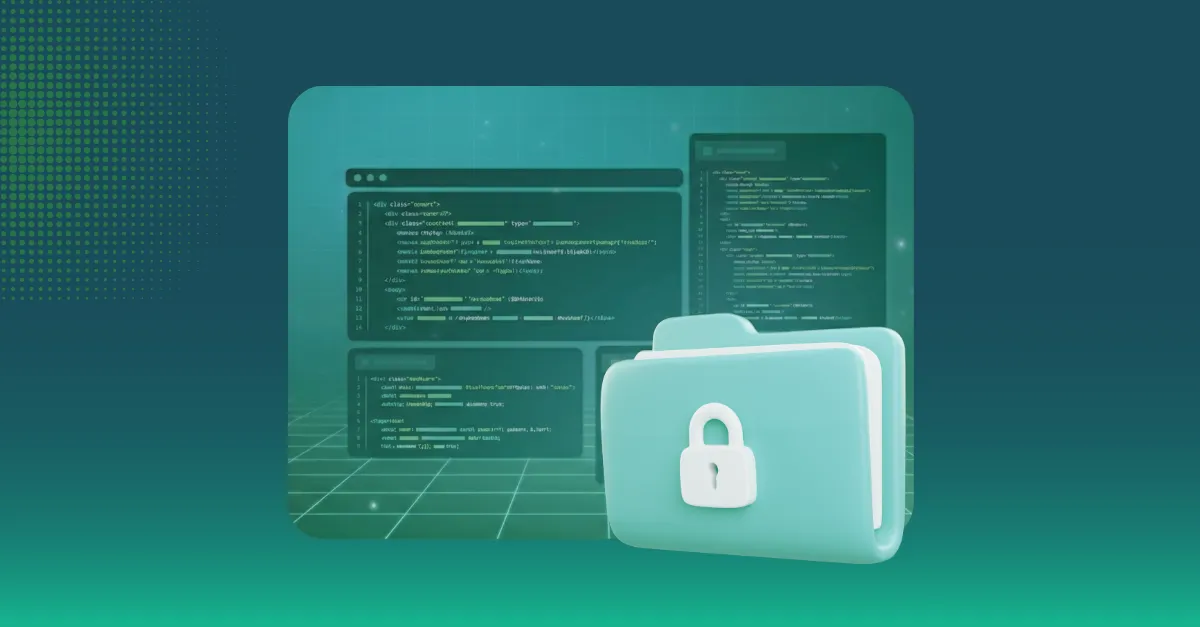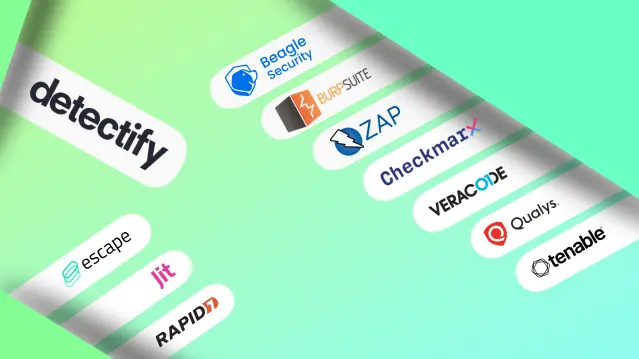
Web application security testing has become a top priority for organizations, with automated tools like Detectify helping to identify vulnerabilities early in the development cycle. Detectify offers automated DAST (Dynamic Application Security Testing), continuous scanning, and integrations with CI/CD pipelines. However, it may not fit every team’s needs due to pricing, limited depth in enterprise-grade compliance, or feature flexibility.
This article explores the best Detectify alternatives in 2025. We’ll break down each option’s features, pricing, and user reviews to help you identify the right solution for your organization.
Best Detectify alternatives at a glance
| Software | Pricing | Strengths | Best for |
|---|---|---|---|
| Beagle Security | Starts at $119/month | CI/CD-native, developer-friendly, strong API & appsec | DevOps teams, SaaS, fintech |
| Burp Suite | $475/year (Professional) | Manual + automated testing, proxy interception, trusted by pentesters | Security professionals, pen testers |
| ZAP | Free (open-source) | Customizable, strong community, flexible integrations | Startups, open-source enthusiasts |
| Checkmarx | Custom pricing | Strong SAST/DAST combo, compliance-focused | Enterprises with compliance needs |
| Veracode | Custom pricing | Broad AppSec platform, strong governance features | Large enterprises, regulated industries |
| Qualys WAS | Custom pricing | Cloud-based, scalable, compliance-ready | Enterprises managing many assets |
| Tenable Web App Scanning | Starts at $7,434 annually (5 FQDNs) | Robust vulnerability detection, integrations with Tenable ecosystem | Mid-to-large enterprises |
| Rapid7 InsightAppSec | From $2,000/year | Easy CI/CD integration, broad coverage | DevOps-focused security teams |
| Jit.io | Custom pricing | DevSecOps automation, GitHub/GitLab native | Developer-first teams, SMBs |
| Escape DAST | From $99/month | API-first security, modern developer tools | API-driven companies, SaaS startups |
1. Beagle Security
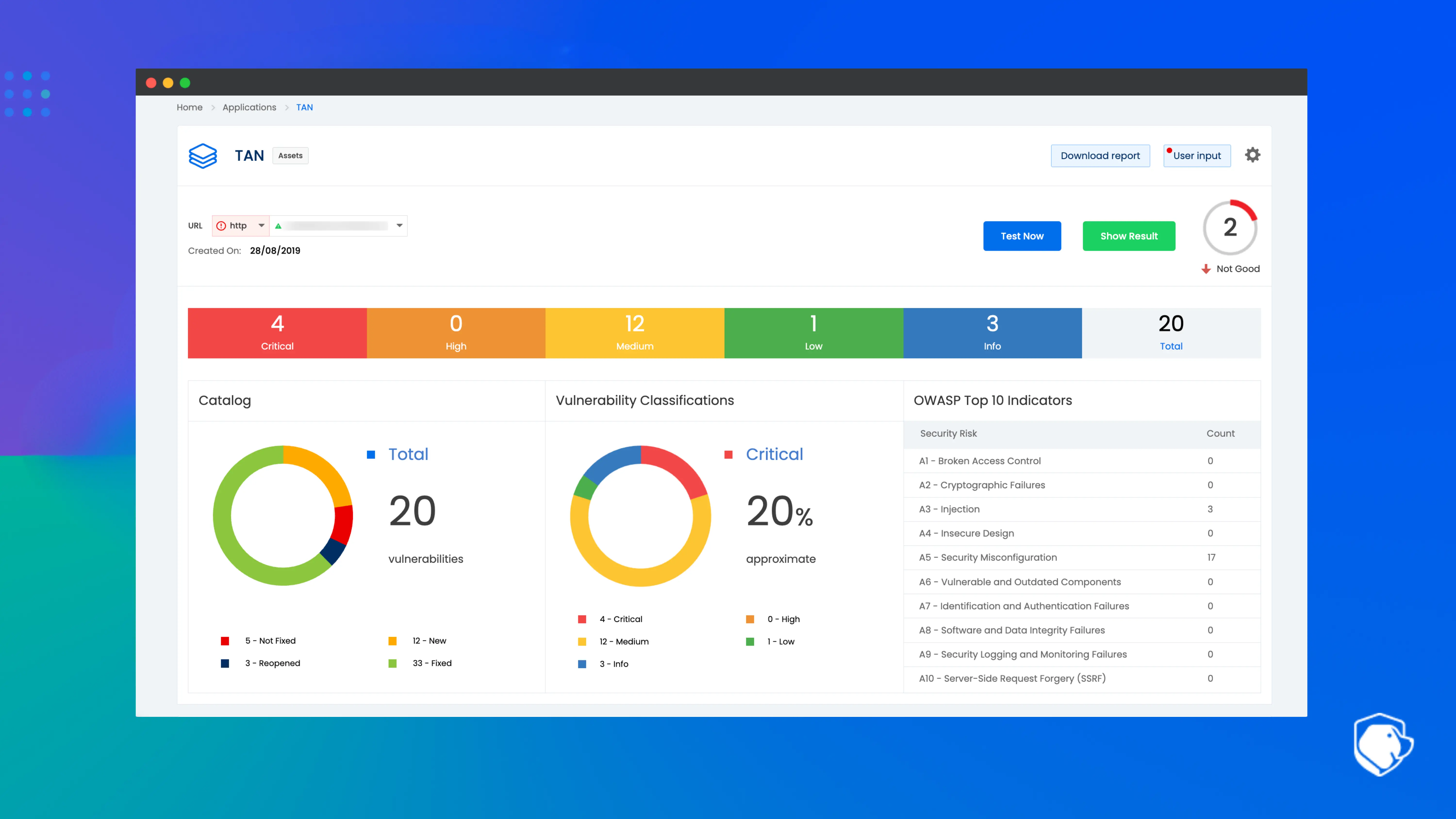
Beagle Security has gained traction as a modern security testing platform built for development and DevSecOps teams. It emphasizes automation and developer-friendly workflows, making it stand out from traditional enterprise-heavy scanners.
Its strength lies in AI-powered vulnerability detection and business logic testing, which helps uncover flaws that many automated tools miss. Beagle is particularly effective for teams needing strong API and CI/CD security coverage.
Key features:
AI-driven vulnerability detection
Business logic testing capabilities
API security (REST/GraphQL)
Developer-friendly reporting
CI/CD pipeline integration
Authentication handling (2FA, SSO)
Pricing:
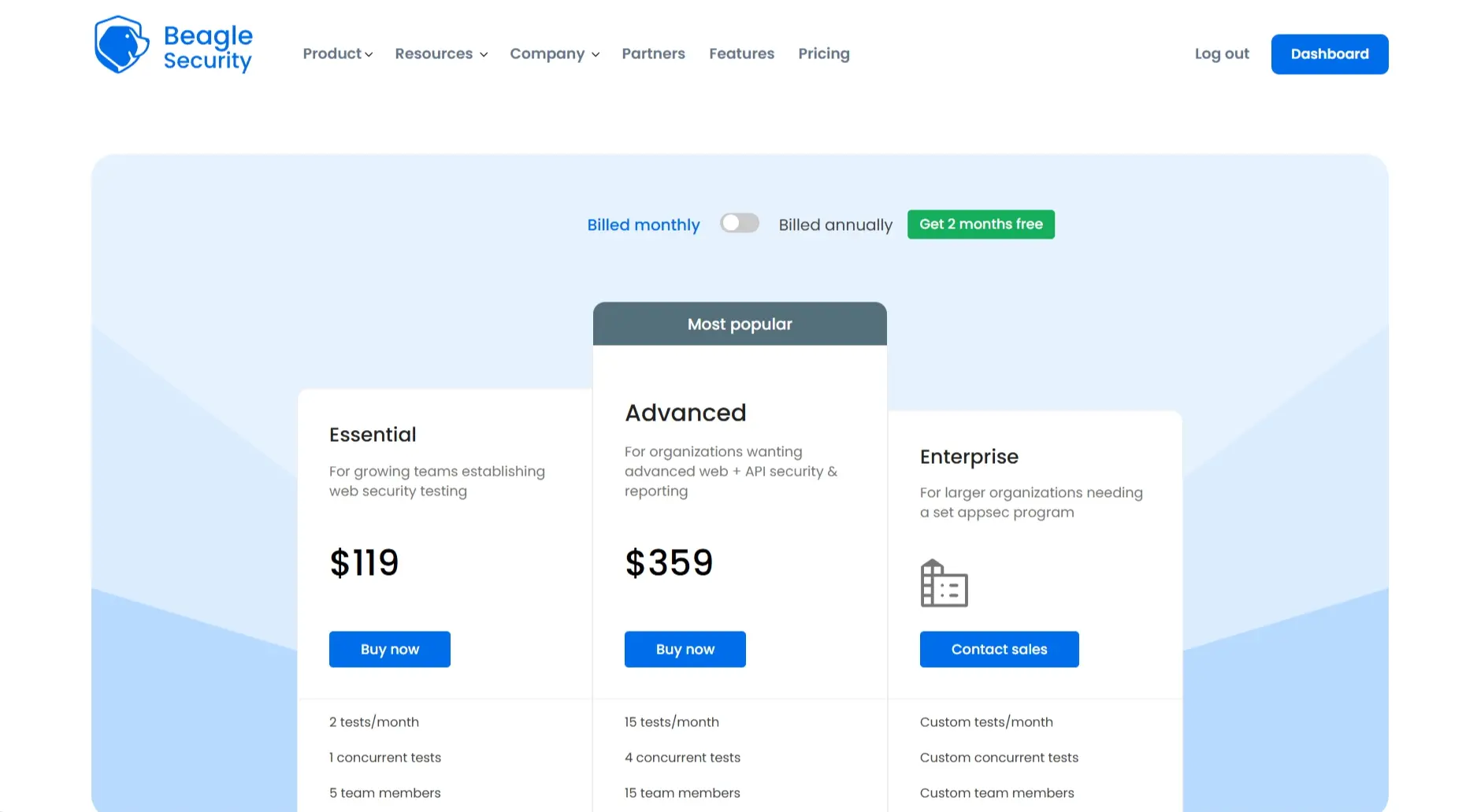
Starts at $1,188 annually
Scales up to $6,850 based on usage
Free 14-day trial available
Reviews and ratings:
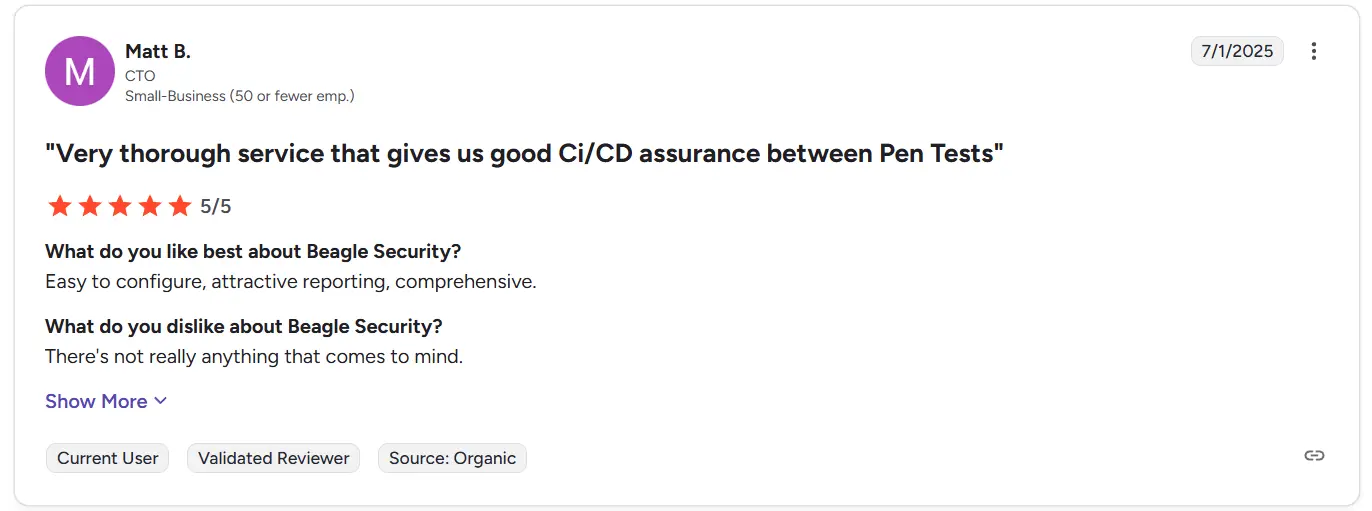
Beagle Security holds a 4.7/5 rating on G2 with positive feedback on ease of integration and automation. Users highlight its developer-first approach and accurate reporting. Many SMB and enterprise teams value the balance of price and advanced features.
2. Burp Suite
Burp Suite has long been considered a gold standard for penetration testers. Its professional edition provides a full toolkit that supports manual testing workflows in a way few tools can match.
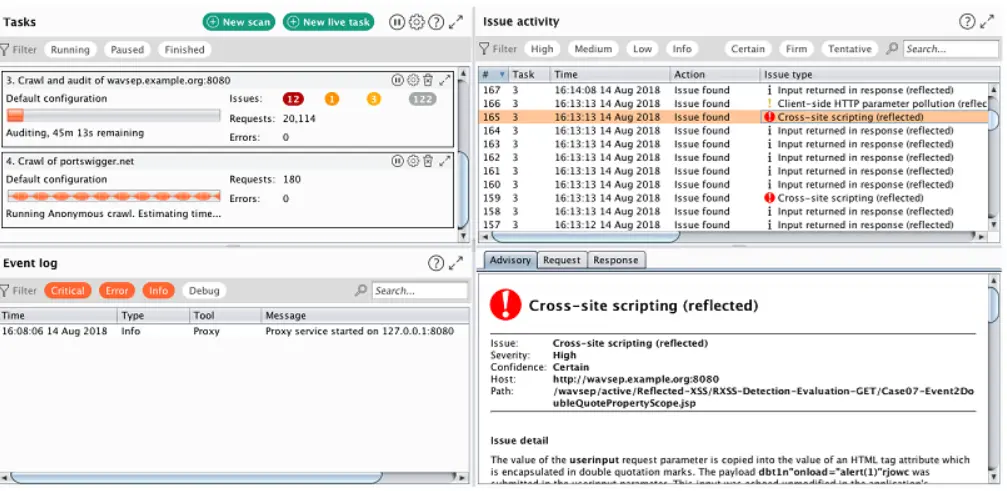
Security professionals appreciate its deep flexibility for investigating web app vulnerabilities. With a large extension ecosystem and advanced modules, it’s particularly suited to red teams and ethical hackers. Despite its manual focus, Burp Suite remains cost-effective for small teams. For professionals who need powerful tools at a manageable price, it continues to be a leading choice.
Key features:
Advanced manual testing tools (Intruder, Repeater, etc.)
Low false-positive scanner
JavaScript SPA crawling
BApp Store extensions
Professional reporting
Authentication macro support
Pricing:
Professional Edition priced at $475 per user annually
Community edition available (limited features)
Reviews and ratings:
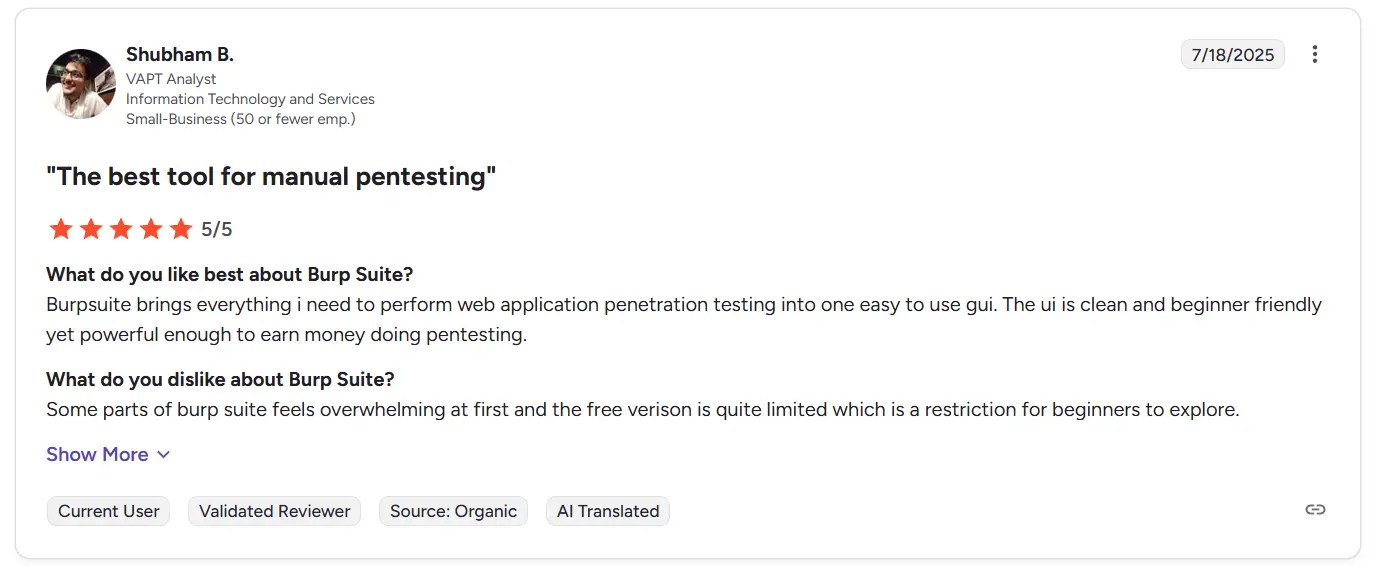
With a 4.8/5 G2 score, Burp Suite is widely praised for reliability and depth of features. Reviewers highlight its manual testing capabilities and ecosystem of extensions. Some note that while automation is limited, the control it offers makes it indispensable.
3. ZAP (now “ZAP by Checkmarx”)
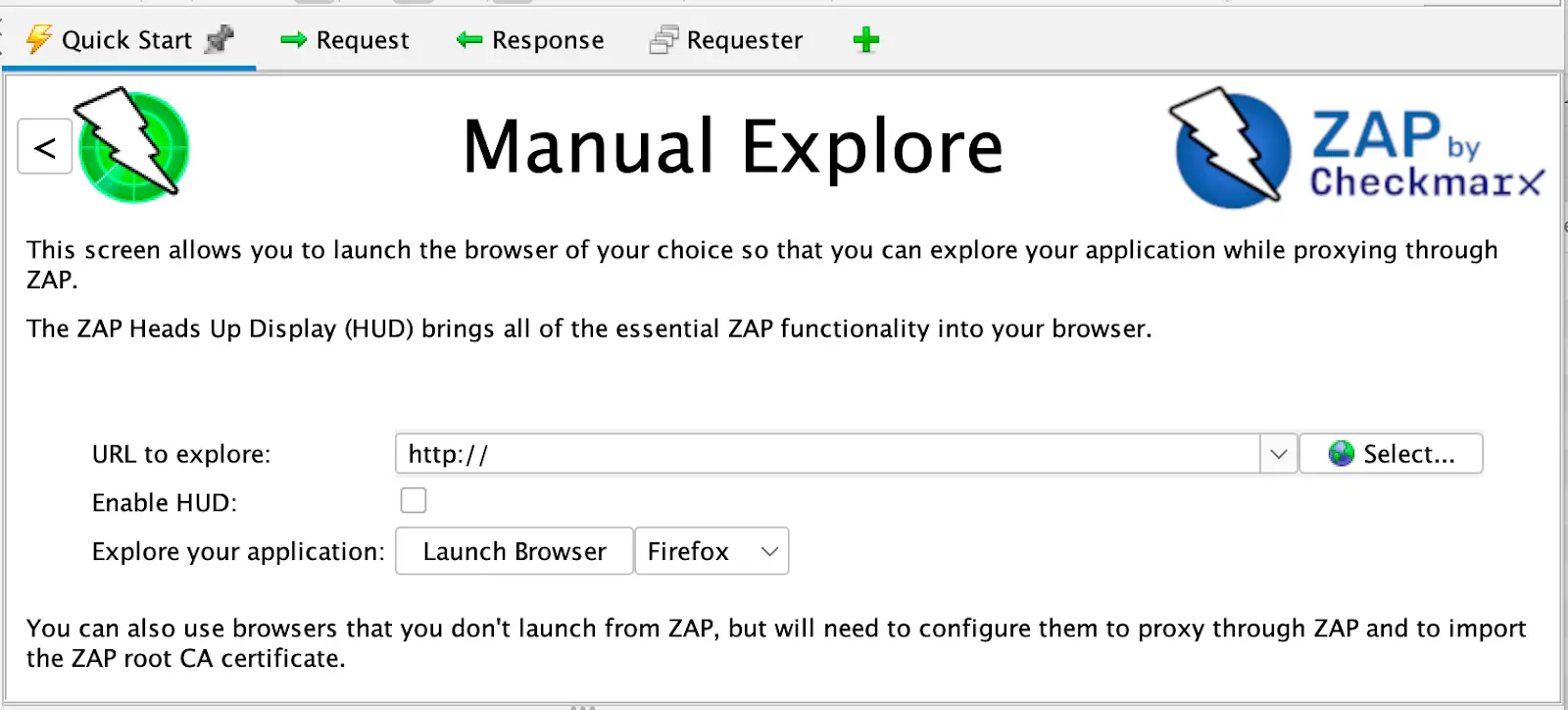
ZAP, officially rebranded as “ZAP by Checkmarx”, continues to thrive as a free, community-driven web application security scanner. In September 2024, Checkmarx brought on board all three core ZAP project leaders and committed to bolstering the tool’s roadmap while ensuring it remains open source under Apache v2.
Today, ZAP retains its identity as the world’s most popular open-source DAST tool, widely adopted across developer and security communities. Its roots remain firmly in the hands of the ZAP Core Team, with Checkmarx providing enterprise-level support to accelerate improvements and enhance community trust.
Key features:
Zero-cost web application scanning (automated and manual)
Intercepting proxy, passive scanning, and fuzzer support
Extensible via scripting, plugin architecture, and marketplace
CI/CD integration, browser extensions for authentication flows
Pricing:
- 100% free and open source
Reviews and ratings:
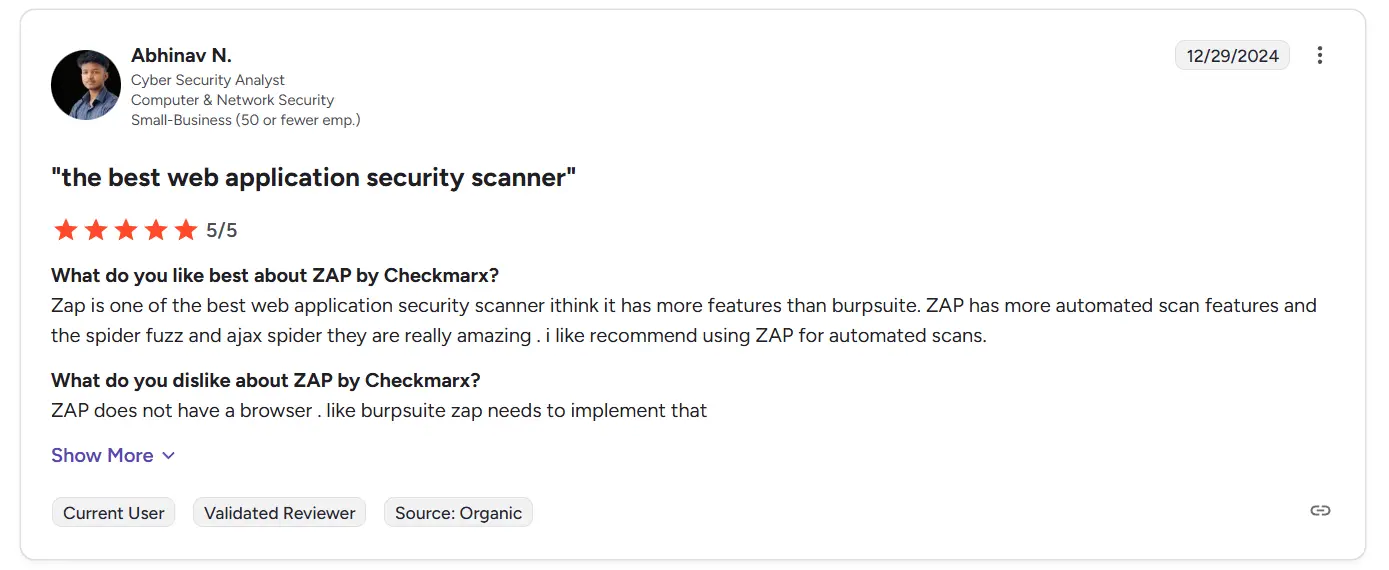
ZAP maintains a 4.7/5 rating on G2, with users applauding its no-cost flexibility and active development. Many highlight its customization strengths and value for DevSecOps teams. While some note the learning curve, its seamless pipeline compatibility and robust community support make it a popular choice.
4. Checkmarx
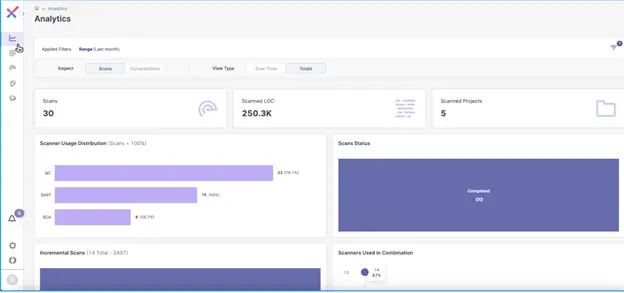
Checkmarx has positioned itself as a complete application security testing platform. It combines multiple testing methodologies under one roof, appealing to enterprises with complex development pipelines.
Its unified approach makes it easier for organizations to manage policies, risks, and vulnerabilities across the software lifecycle. For regulated industries, Checkmarx provides the visibility and governance needed at scale.
Unlike lightweight DAST tools, Checkmarx integrates security deeply into the SDLC. Developers can catch flaws early through SAST and IaC checks while security teams benefit from enterprise-wide dashboards.
This makes it one of the more expensive solutions in the market. However, its value lies in addressing both technical vulnerabilities and governance requirements across large enterprises.
Key features:
SAST, DAST, SCA integration
ASPM capabilities
API security testing
CI/CD policy enforcement
Smart runtime analysis
Executive reporting
Pricing:
- Custom quotes available
Reviews and ratings:
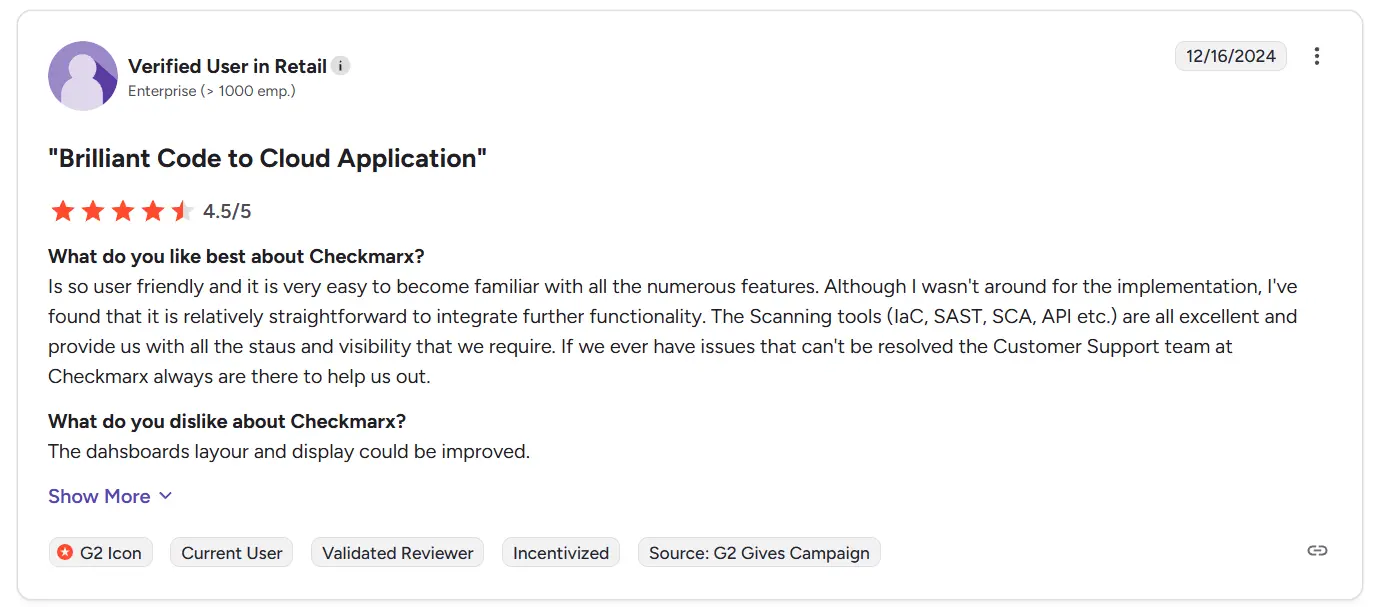
Checkmarx scores 4.4/5 on G2, with customers appreciating its comprehensive coverage. Reviewers highlight the strong SAST engine and integration into CI/CD pipelines. However, some note the higher cost and learning curve for smaller teams.
5. Veracode
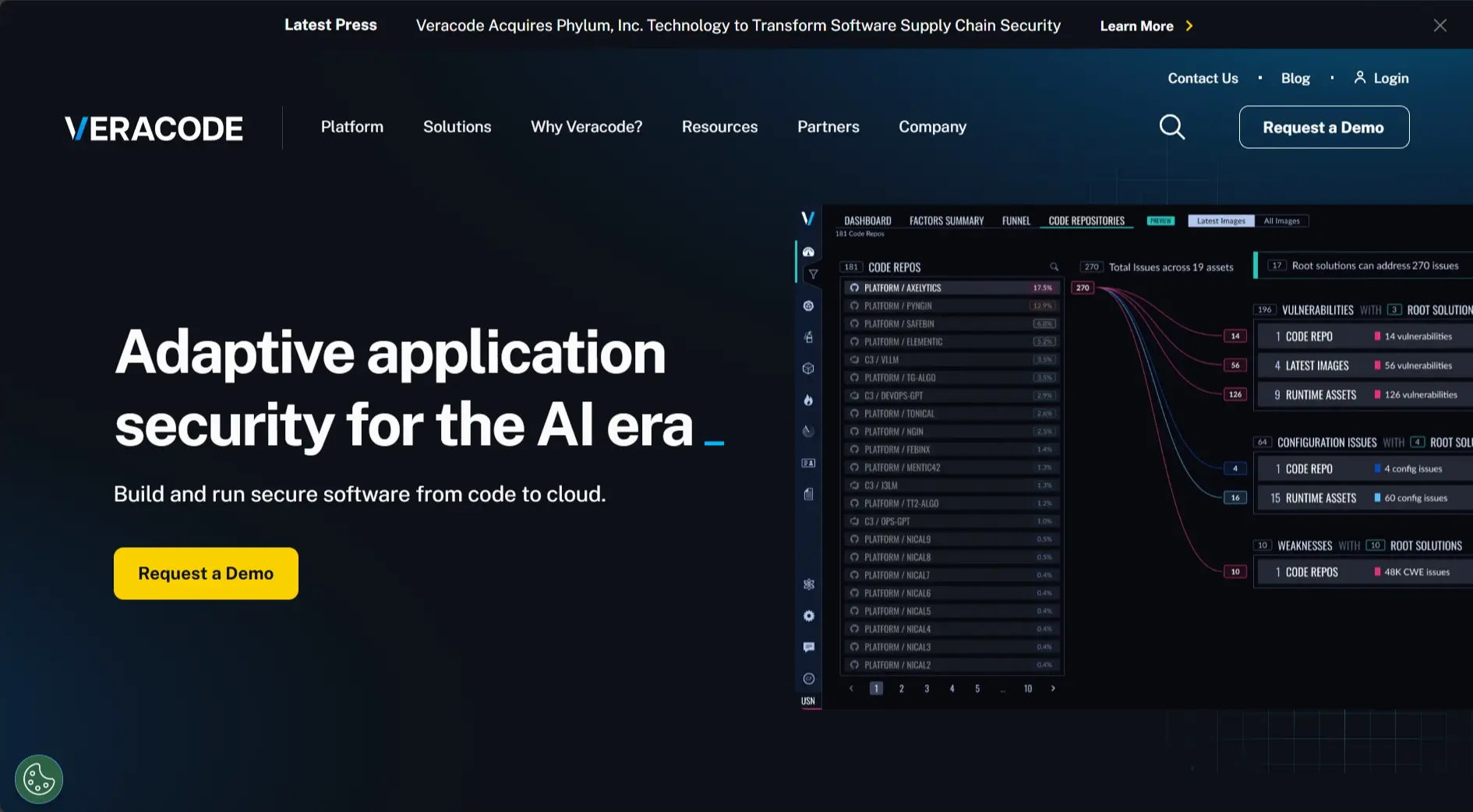
Veracode is a long-established leader in application security testing. It’s particularly well-suited for enterprises needing broad coverage across SAST, DAST, IAST, and SCA.
The platform also focuses heavily on compliance, offering risk-based prioritization and governance features that make it attractive to security leadership. This compliance-first orientation has made Veracode a choice for finance, healthcare, and other regulated sectors.
For developers, Veracode integrates with IDEs and CI/CD tools, supporting remediation guidance alongside vulnerability detection. Its enterprise approach does mean higher pricing, but it provides a well-rounded suite.
Key features:
Multi-scanning approach (SAST/DAST/IAST/SCA)
Runtime protection
Developer training modules
IDE integrations
Compliance reporting
Risk-based prioritization
Pricing:
- Custom Pricing
Reviews and ratings:
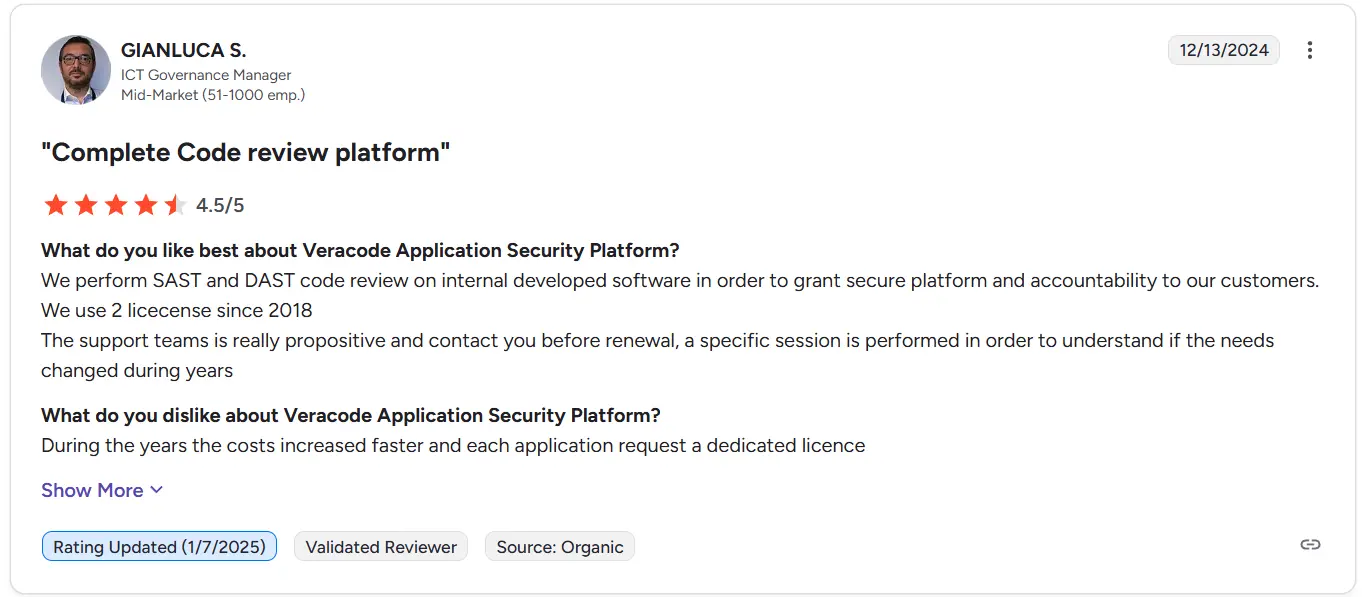
With a 3.9/5 on G2, Veracode receives mixed reviews. Customers value its enterprise features and compliance reporting, but sometimes find usability lacking. Many enterprises still see it as a cornerstone AppSec platform.
6. Qualys WAS
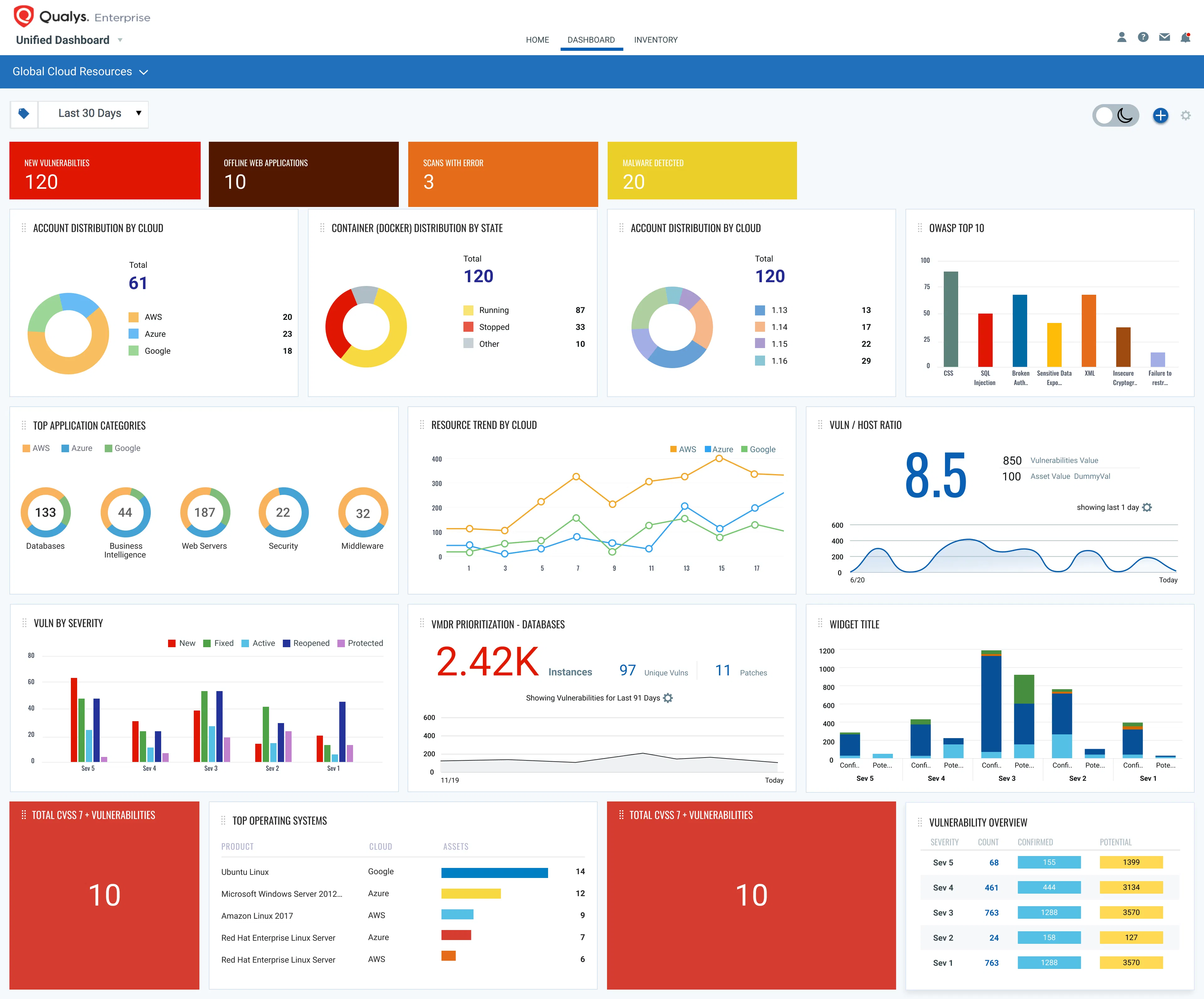
Qualys is known for its cloud-first approach to vulnerability management. Its Web Application Scanning (WAS) module extends that expertise to applications.
It appeals to organizations already invested in the Qualys ecosystem. VMDR integration provides centralized visibility across assets, vulnerabilities, and application risks.
Key features:
Cloud-based scanning infrastructure
VMDR integration
Compliance-ready reporting
Asset discovery and management
API and SPA scanning
Global deployment options
Pricing:
- Custom pricing
Reviews and ratings:
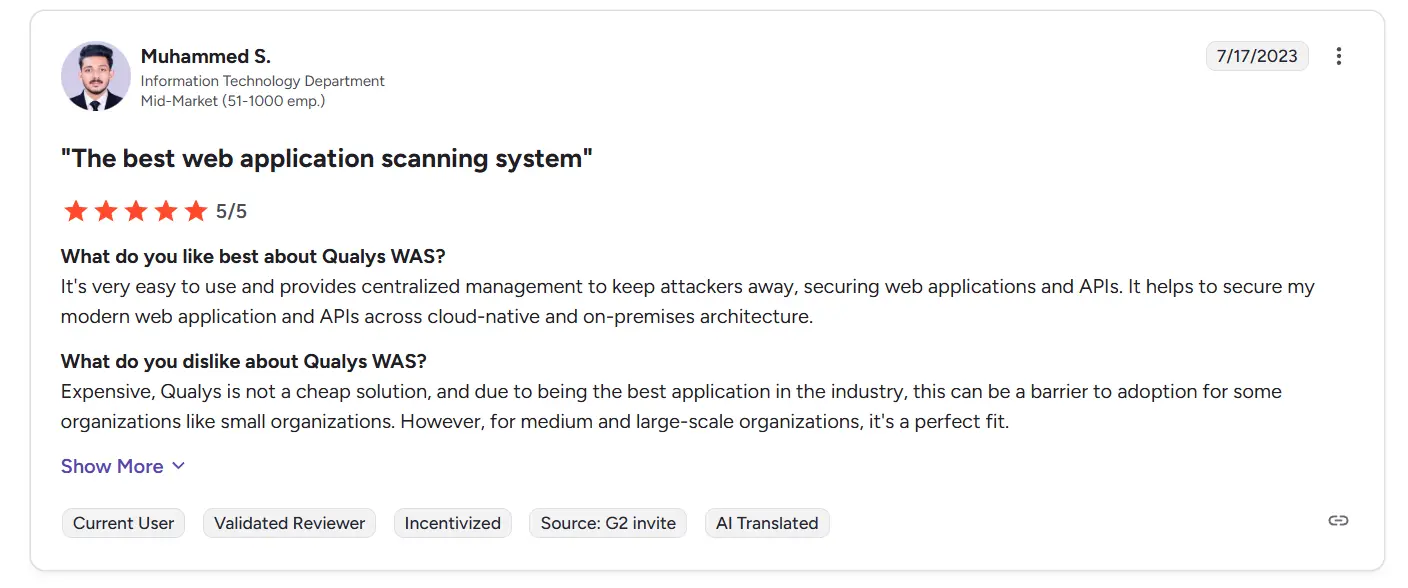
Qualys WAS has a 4.5/5 rating on G2, with strong feedback on enterprise reporting and integration with the broader Qualys platform. Some users find the interface less intuitive, but overall reliability and scalability receive consistent praise.
7. Tenable WAS
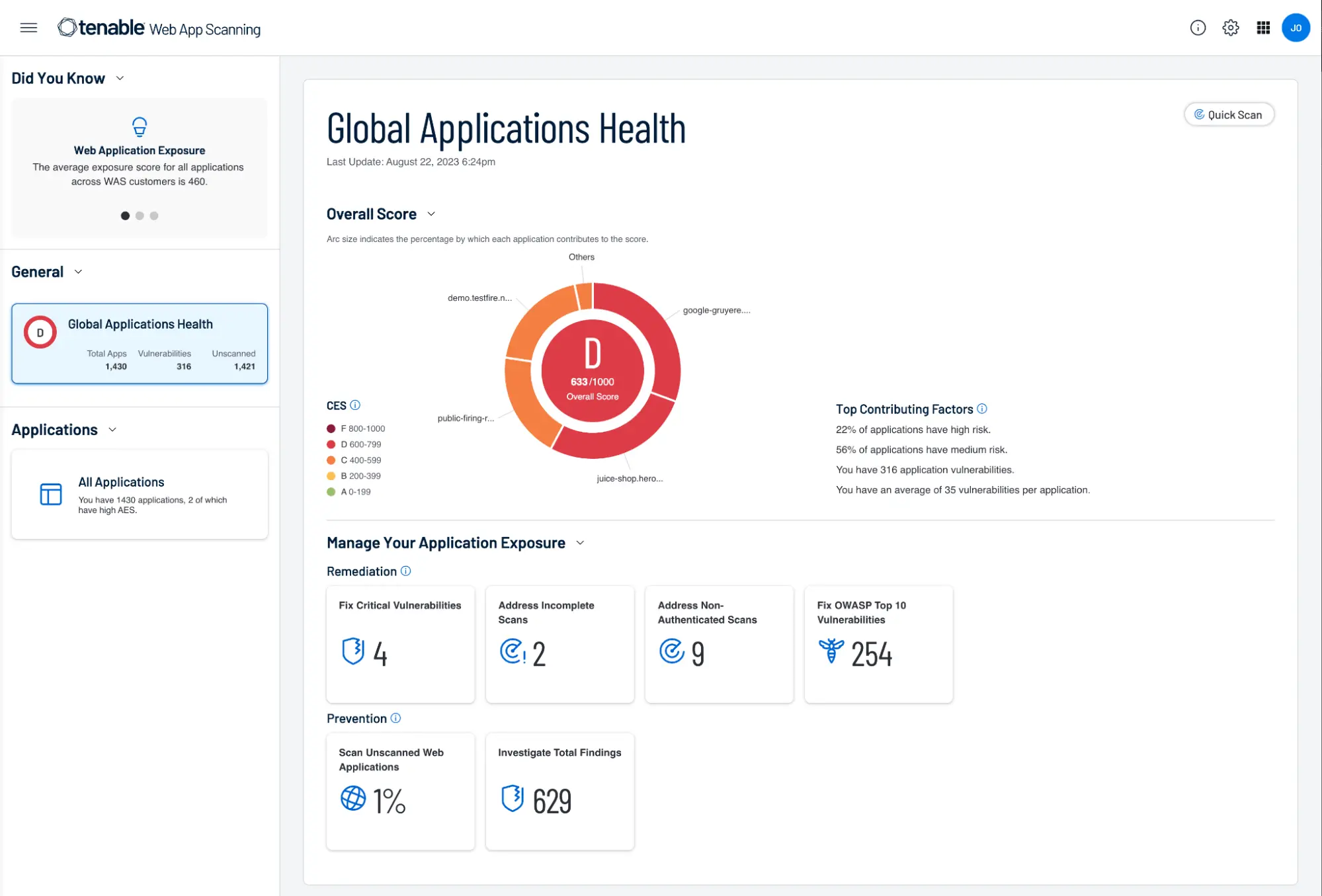
Tenable has a strong history in vulnerability management, and its WAS solution builds on that expertise. It emphasizes risk-based prioritization through its Vulnerability Priority Rating (VPR) system.
For enterprises, Tenable WAS offers deep integration with the Tenable One ecosystem. This allows security teams to unify infrastructure, application, and cloud risk in a single dashboard.
Its asset-centric pricing makes it better suited to organizations with larger budgets. Still, for enterprises needing a consolidated risk view, it provides significant value.
Key features:
VPR scoring for prioritization
Tenable.io ecosystem integration
Threat intelligence feeds
Executive risk dashboards
Compliance automation
Asset-centric approach
Pricing:
Starts at $7,434 annually (5 FQDNs)
Asset-based pricing model
30-day free trial available
Reviews and ratings:
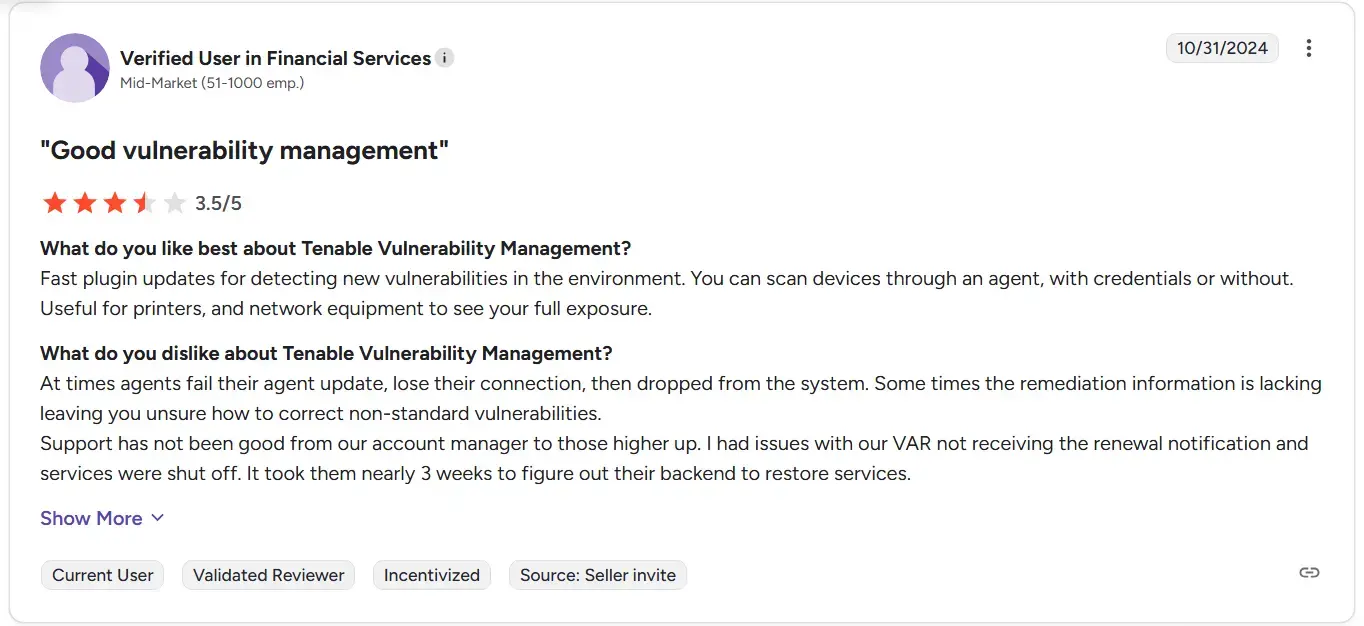
Tenable WAS scores 4.5/5 on G2, praised for its risk-driven dashboards and prioritization. Reviewers emphasize its strength in enterprise environments but note the higher entry price.
8. Rapid7 InsightAppSec
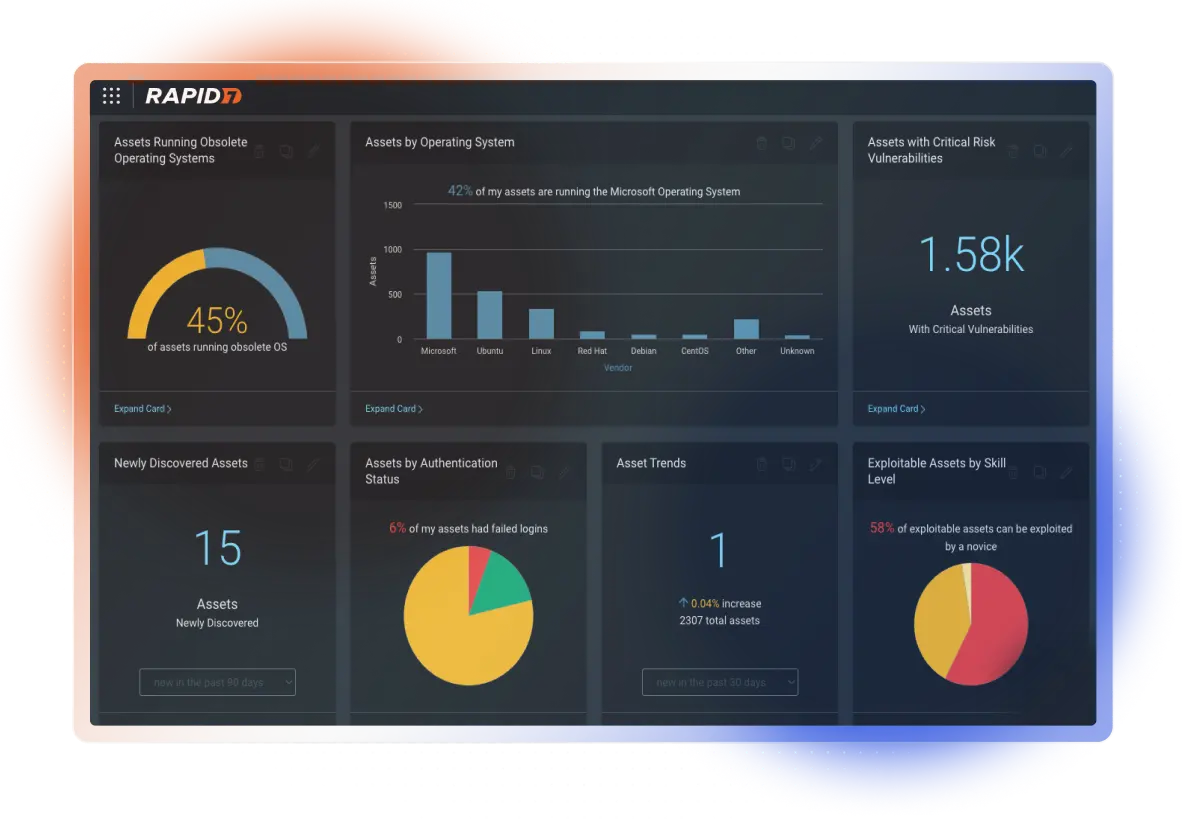
InsightAppSec is part of Rapid7’s broader Insight platform. It provides DAST capabilities with optional lightweight IAST support for deeper analysis.
Enterprises already using Rapid7 tools often find InsightAppSec easy to adopt. The platform integrates into DevOps workflows and provides automation for continuous testing.
Key features:
DAST with lightweight IAST
DevOps tool integrations
Automated scheduling
Visual analytics dashboards
API security coverage
Incident response integration
Pricing:
Starting at $175/mo per app
Discounts are available for enterprise-level, large-scale deployments.
Reviews and ratings:
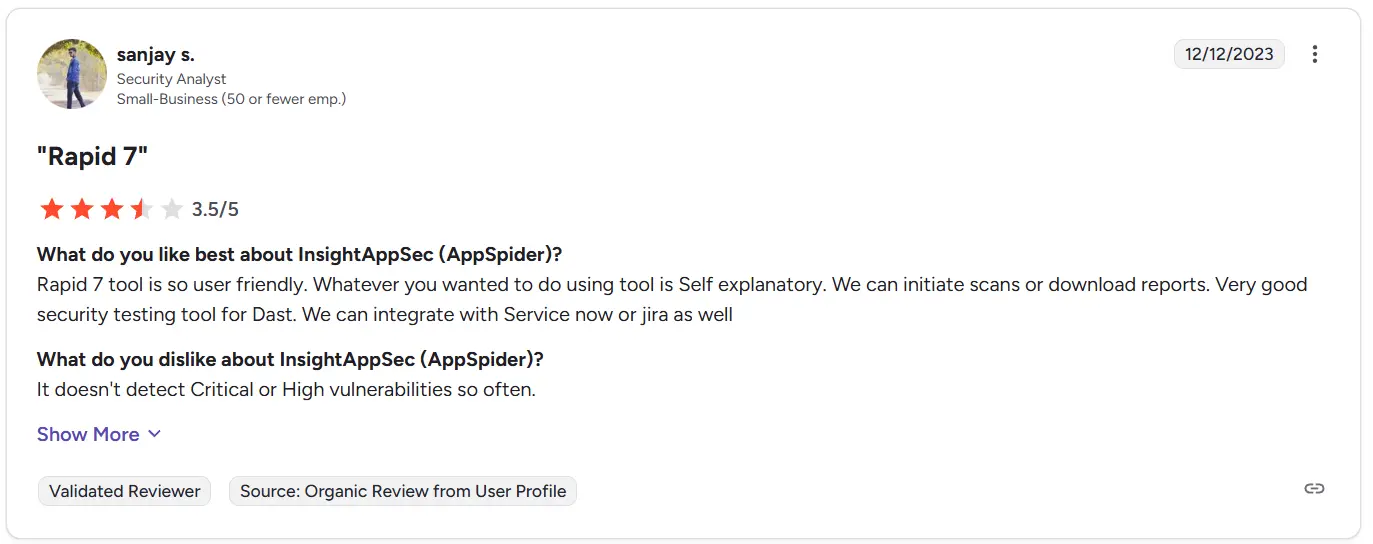
Rapid7 InsightAppSec carries a 3.9/5 rating on G2. Reviewers highlight its integration with the broader Rapid7 ecosystem as a strength. Some smaller teams find pricing less flexible, but enterprises value its seamless fit with Rapid7 workflows.
9. Jit.io
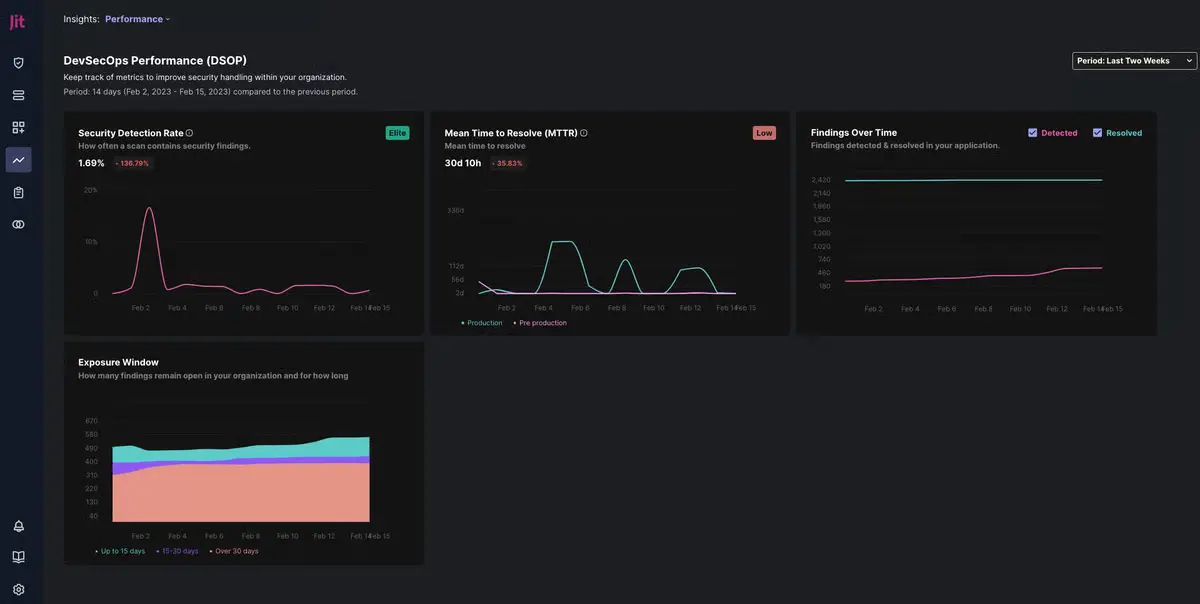
Jit.io is a newer player in the security testing space, designed for modern cloud-native teams. It emphasizes orchestration by pulling together multiple open-source and commercial tools into a single workflow.
Its DevSecOps focus helps developers adopt security without disrupting workflows. Teams can embed security checks directly into pipelines, from infrastructure as code to application testing.
The platform’s cloud-native architecture also means easy scalability. For organizations wanting flexibility and automation, Jit.io provides a lightweight but effective approach.
Key features:
Orchestrated security testing
Multi-tool integration
Cloud-native architecture
Automated remediation
Developer workflow integration
Infrastructure as Code security
Pricing:
Starts at $50/month/developer billed annually
Custom quote for enterprises
Reviews and ratings:
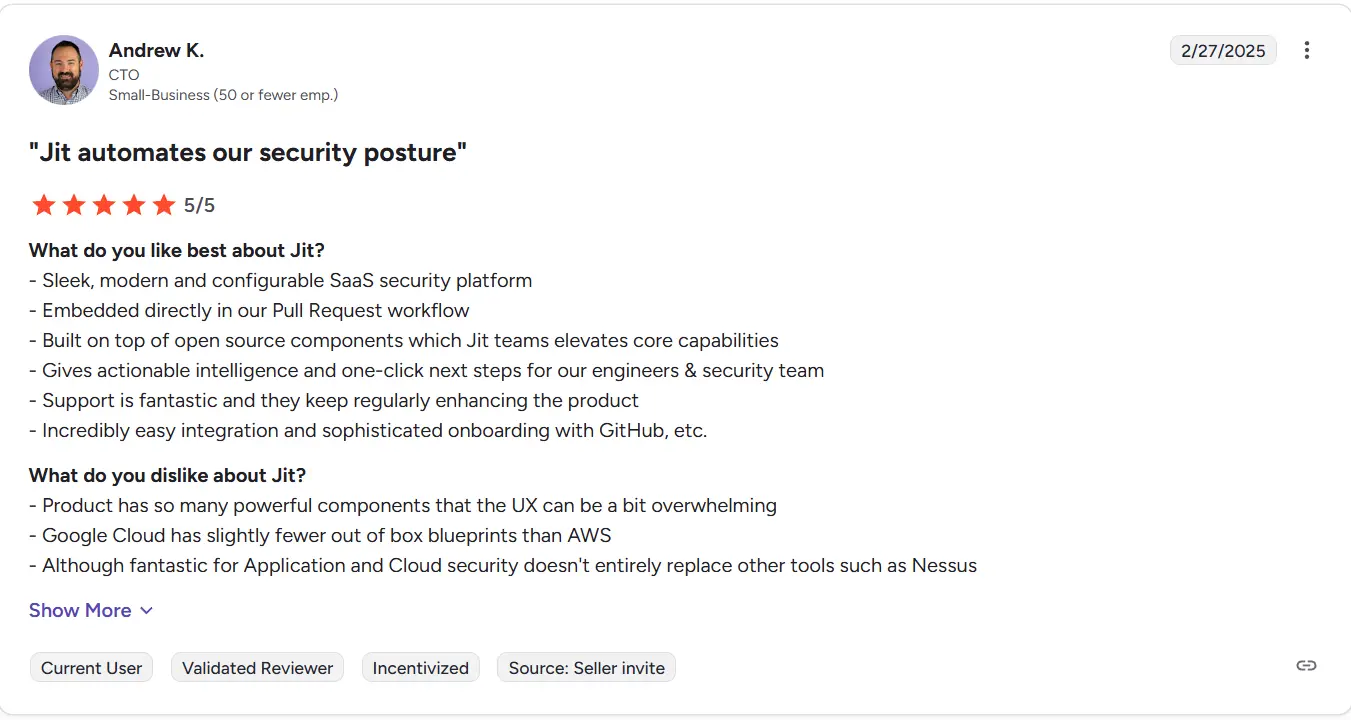
Jit.io scores 4.7/5 on G2, with early adopters praising its developer-first approach. Feedback highlights its simplicity compared to traditional enterprise-heavy tools. Some note the ecosystem is still maturing but see strong potential.
10. Escape DAST
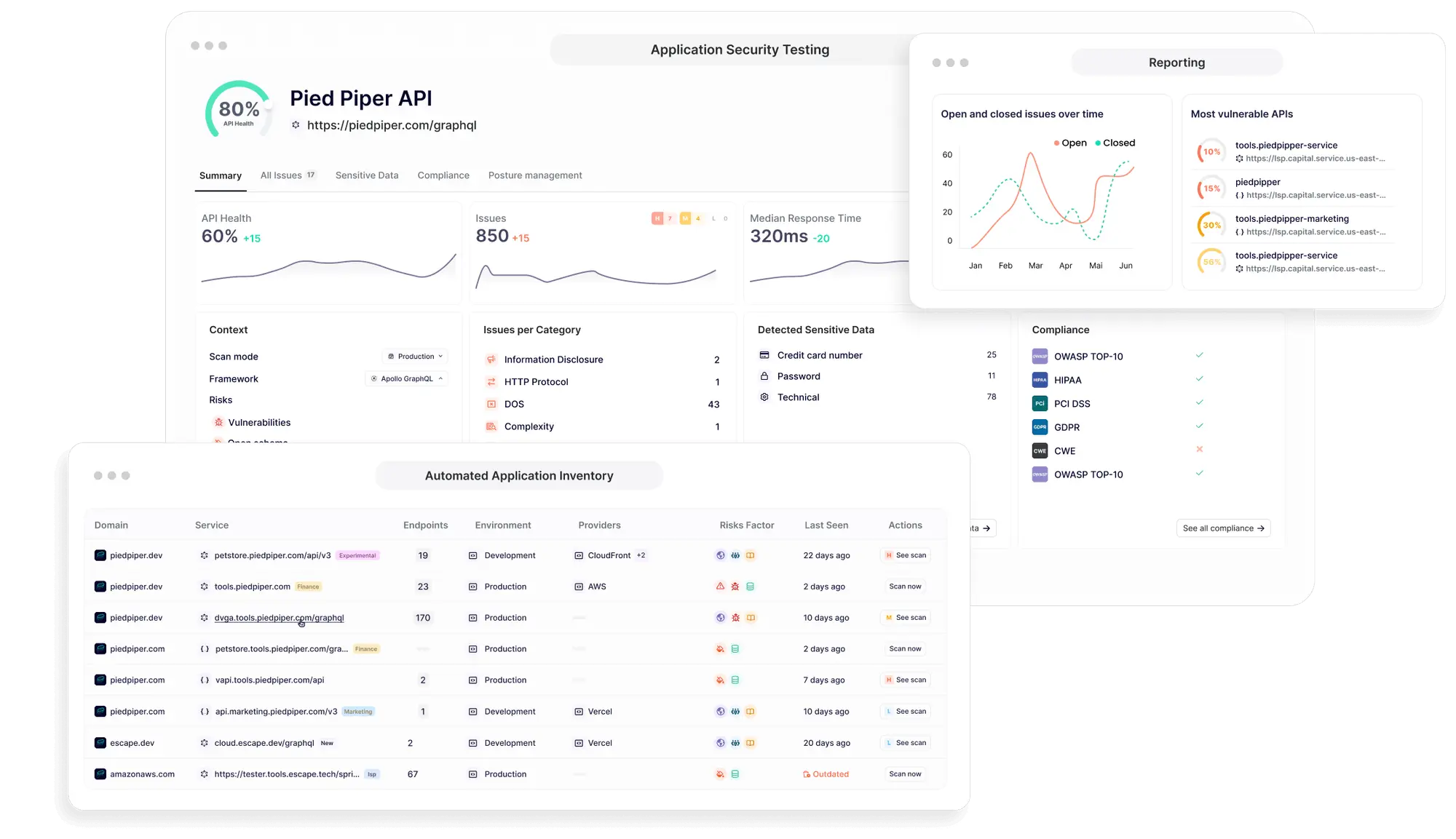
Escape focuses primarily on API security, making it different from most traditional DAST tools. It is designed to handle GraphQL and REST APIs with strong developer integration.
Its business logic testing capabilities help uncover vulnerabilities that automated scanners often miss. For API-first companies, Escape has become a specialized solution worth considering.
Key features:
API-first security approach
GraphQL and REST coverage
Business logic vulnerability detection
CI/CD integration
Developer-centric reporting
Authentication flow handling
Pricing:
API-based pricing model
Custom quotes available
Reviews and ratings:

Escape is praised for its accuracy in API testing. Reviewers highlight ease of integration with developer workflows. It’s often recommended for teams where APIs form the backbone of applications.
Key factors to consider when choosing a Detectify alternative
When evaluating Detectify alternatives, teams need to go beyond surface-level features and look at how each tool aligns with their unique environment, development processes, and long-term security objectives. The right choice will depend on your team’s size, technical maturity, compliance requirements, and whether automation or manual control is the priority.
Application type & coverage
Modern apps span web, mobile, APIs, and microservices, so coverage is critical. Tools like Beagle Security and Escape DAST excel at API and business logic testing, while Qualys WAS and Tenable WAS offer wider compliance-driven coverage for enterprise apps.
If your team performs deep manual penetration testing, Burp Suite or ZAP will provide greater control.
Scalability & enterprise readiness
Small teams or startups may prioritize cost-effectiveness and ease of use, making ZAP or Acunetix attractive.
Enterprises with thousands of assets should focus on solutions with multi-tenant support, role-based access controls, and compliance mapping, such as Invicti, Veracode, or Checkmarx.
Integration with development workflows
CI/CD and DevSecOps pipelines demand seamless automation. Tools like Beagle Security, Checkmarx, and Rapid7 InsightAppSec integrate well with Jenkins, GitHub Actions, and Azure DevOps.
For developer adoption, solutions offering IDE plugins, contextual remediation advice, and ticketing system integration (e.g., Jira, GitLab) are essential.
Testing approach: Manual vs. automated
Manual testing tools (Burp Suite, ZAP) are best for security professionals needing precision.
Automated scanning platforms (Invicti, Tenable, Qualys) help organizations achieve scale without requiring advanced pentesting expertise.
A hybrid approach, combining automated scanning with manual validation, often yields the most accurate and actionable results.
Budget considerations
Detectify alternatives range from free open-source (ZAP) to enterprise-grade investments exceeding six figures (Veracode, Checkmarx).
Factor in not only subscription costs but also training, onboarding, and operational overhead. Sometimes, a mid-tier solution like Beagle Security provides the best ROI by balancing price with automation.
Compliance & reporting needs
Industries like finance, healthcare, and SaaS often require tools that map vulnerabilities to frameworks like PCI DSS, HIPAA, SOC 2, or GDPR. Platforms such as Qualys WAS, Tenable WAS, and Veracode excel here.
Look for executive dashboards, audit-ready reports, and customizable templates if compliance reporting is a priority.
Support & community
Open-source tools like ZAP rely on community forums and plugins.
Commercial vendors like Beagle Security, Invicti, and Rapid7 provide professional support, onboarding, and SLA-backed assistance, vital for enterprises needing reliability.
Final thoughts
Choosing the right Detectify alternative depends heavily on your team’s size, maturity, and use case. For startups and developer-first teams, options like Beagle Security, Escape, or Jit.io provide lightweight and modern solutions that integrate seamlessly into DevOps workflows.
For penetration testers and security professionals, Burp Suite and ZAP remain leading choices, offering granular control and community-driven innovation. While they may not provide the same automation as enterprise solutions, their flexibility makes them powerful.
For large enterprises with complex security and compliance needs, platforms like Checkmarx, Veracode, Qualys, Tenable, and Rapid7 stand out. These tools bring depth, governance, and scalability that smaller solutions cannot match. Ultimately, the best choice balances cost, usability, and integration with your existing processes.
![Top 20 cybersecurity consulting firms [2025] Top 20 cybersecurity consulting firms [2025]](https://beaglesecurity.com/blog/images/blog-banner-two-840.webp)

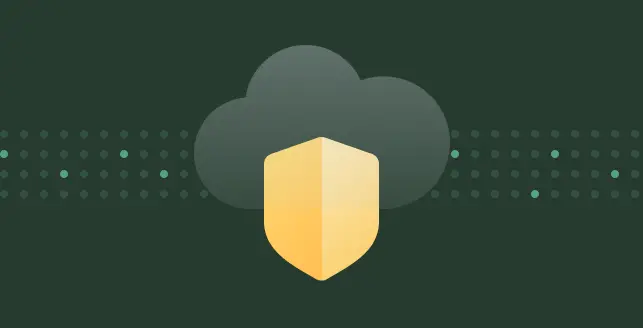
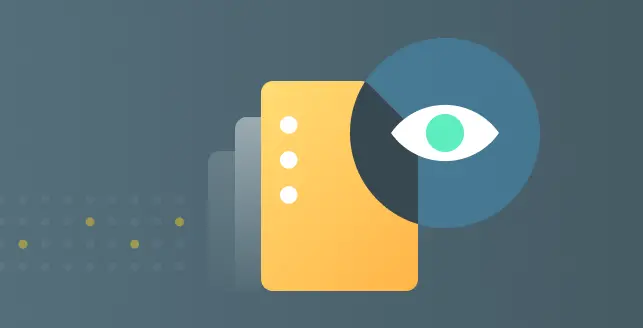
![Top 10 penetration testing companies [2025] Top 10 penetration testing companies [2025]](https://beaglesecurity.com/blog/images/blog-banner-three-840.webp)
